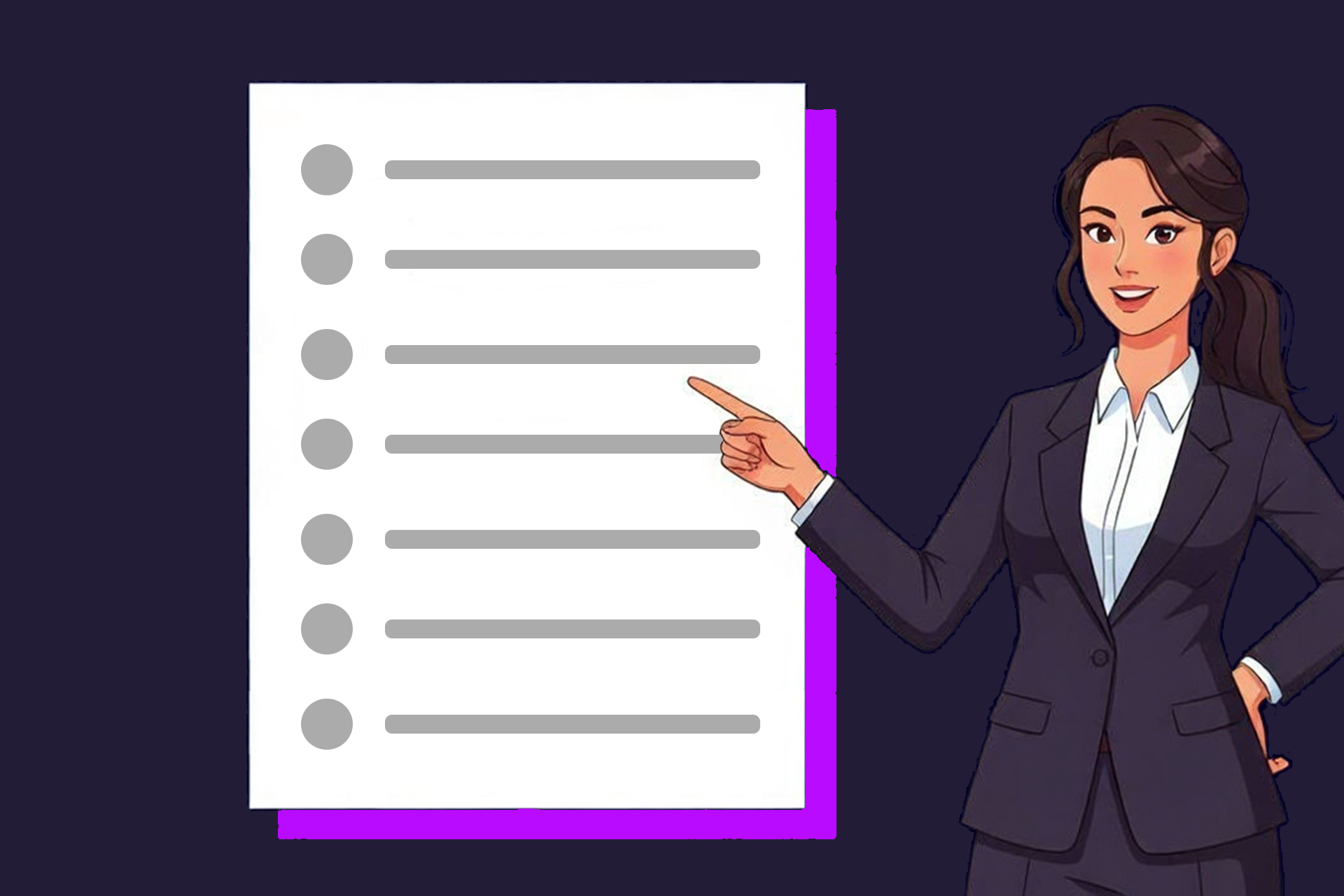
Curately AI, Inc
6495 Shiloh Rd, Suite 300, Alpharetta GA 30005
We care about your data, and we'd use cookies only to improve your experience. By using this website, you accept our cookie policy. Learn More.
Okay, I AcceptToo many candidates abandon the hiring process after expressing interest. Learn why response time, broken experiences, and missed expectations lead to attrition—and what fixes it.

Candidate drop-off is often treated like an unavoidable cost of high-volume hiring. It's not. Attrition doesn't come from high intent leads suddenly losing interest. It comes from small moments that erode trust, delay action, or fail to answer the candidate’s most basic question: “What happens next?”
The real consequence? Qualified talent rerouted to competitors. A lower fill rate. And for brands running large-scale direct sourcing or internal mobility programs, it's a threat to program credibility.
Here are 7 specific, preventable reasons qualified candidates drop off (and what to do about each).
What Happens: You post the job, candidates apply, and then wait. Sometimes for hours. Often for days.
Why It Matters: Candidate dropoff scales with response time. dropoff rates rise significantly when initial contact takes longer than 48 hours. Candidate confidence isn’t a soft metric; it’s a timer.
The Fix: Automate the first contact using tools like Maya, Curately’s agentic AI recruiter. Maya engages qualified candidates with a human-ike phone call after application, confirming interest, clarifying next steps, and personalizing touchpoints in seconds, not days.
What Happens: After a promising phone screen, candidates get an email that says, “We’ll be in touch.”
Why It Matters: Candidates expect next steps to be outlined clearly after every interaction. Without that effort, candidates assume disinterest, or worse, disorganization.
The Fix: Treat every message as a roadmap. AI-generated comms can automatically insert tailored next steps, with date ranges, point-of-contact names, and brief descriptions of what to expect.
What Happens: Job description sounds like NASA. Recruiter message sounds like a text from a call center.
Why It Matters: Candidates notice mismatched tone, formatting, and information. It erodes trust faster than most hiring teams realize.
The Fix: Centralize candidate communication through branded templates or AI-led workflows. With platforms like Curately, employer brand quality and consistency is maintained across all messaging—email, SMS, and even voice phone calls.
What Happens: Candidate hears from one sourcer, then a recruiter, then someone else for scheduling, then a hiring manager.
Why It Matters: Every handoff is a chance for context to be lost or sentiment to sour. Multiple points of contact are fine; multiple disconnected ones are not.
The Fix: Use an agentic AI assistant to maintain a single-threaded candidate experience. Maya keeps every conversation grounded in prior interactions, reducing the perception of being “passed around.”
What Happens: “Hi there, I came across your profile…” Delete.
Why It Matters: Generic messaging doesn’t work. Open rates jump when messaging includes specific skill or experience references. Candidates ignore templates, but they respond to relevance.
The Fix: Let AI do the personalization heavy lifting. Curately’s AI-powered automated tools build context-specific messages creating a message that sounds human.
What Happens: Candidate takes a half-day off for your process and hears nothing for a week.
Why It Matters: According to CareerBuilder, 81 percent of job seekers say continuous status updates from employers would significantly improve their overall experience. Not keeping candidates in the loop kills goodwill—and your referrals.
The Fix: Build post-interview follow-up into your automated flow. Even a quick update from Maya—“Your interview notes are under review, we’ll be back to you by Friday”—can preserve confidence.
What Happens: You wait for signoff. They accept another job.
Why It Matters: In tight labor markets, a 3-day delay is enough to lose high-intent candidates.
The Fix: Pre-signal intent internally before final interviews, and use AI workflows to begin offer prep in parallel. Curately.ai’s platform can notify the hiring team the moment a candidate hits high-probability status, cutting manual lag.
These are 7 fixable leaks in your funnel.
If you're still working off recruiter inboxes and spreadsheets, you're not just slower than your competition, you’re invisible to your top candidates until it's too late. Curately’s AI-powered talent platform reorders how speed, transparency, and trust get built across your hiring experience.
Want a full audit of where you’re losing top talent? Talk to our experts today.